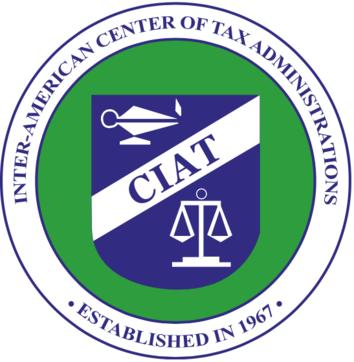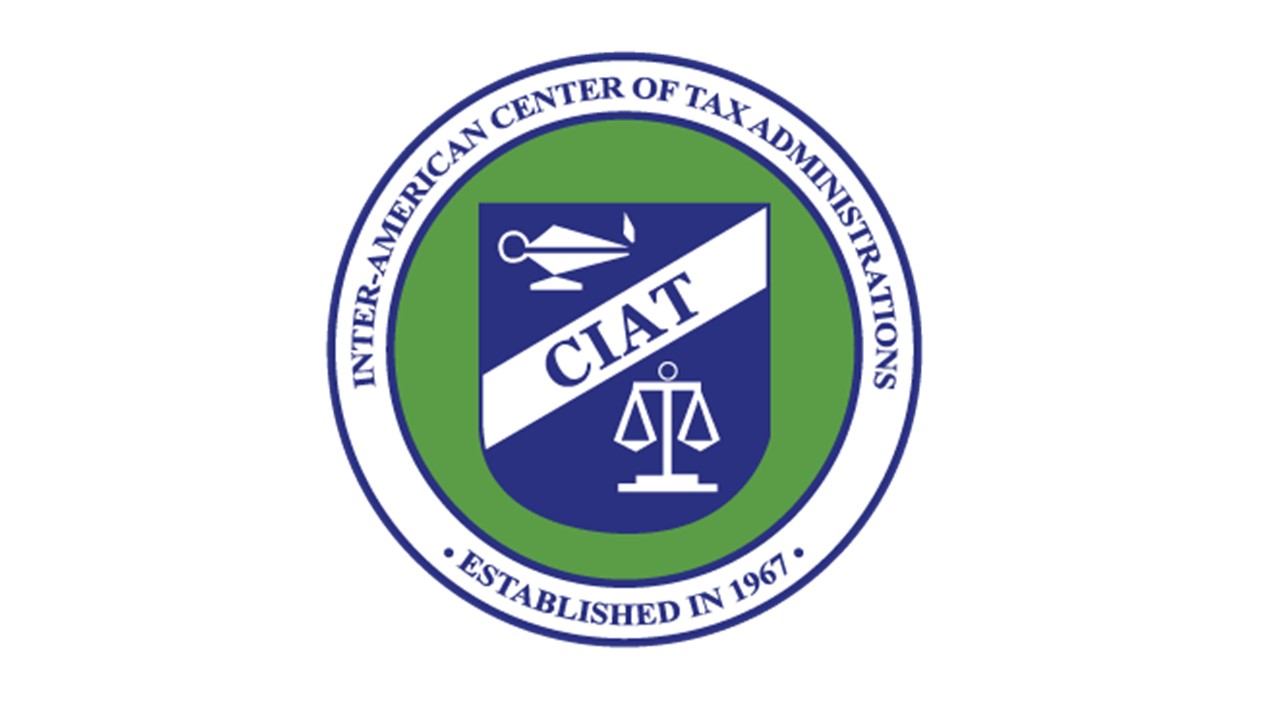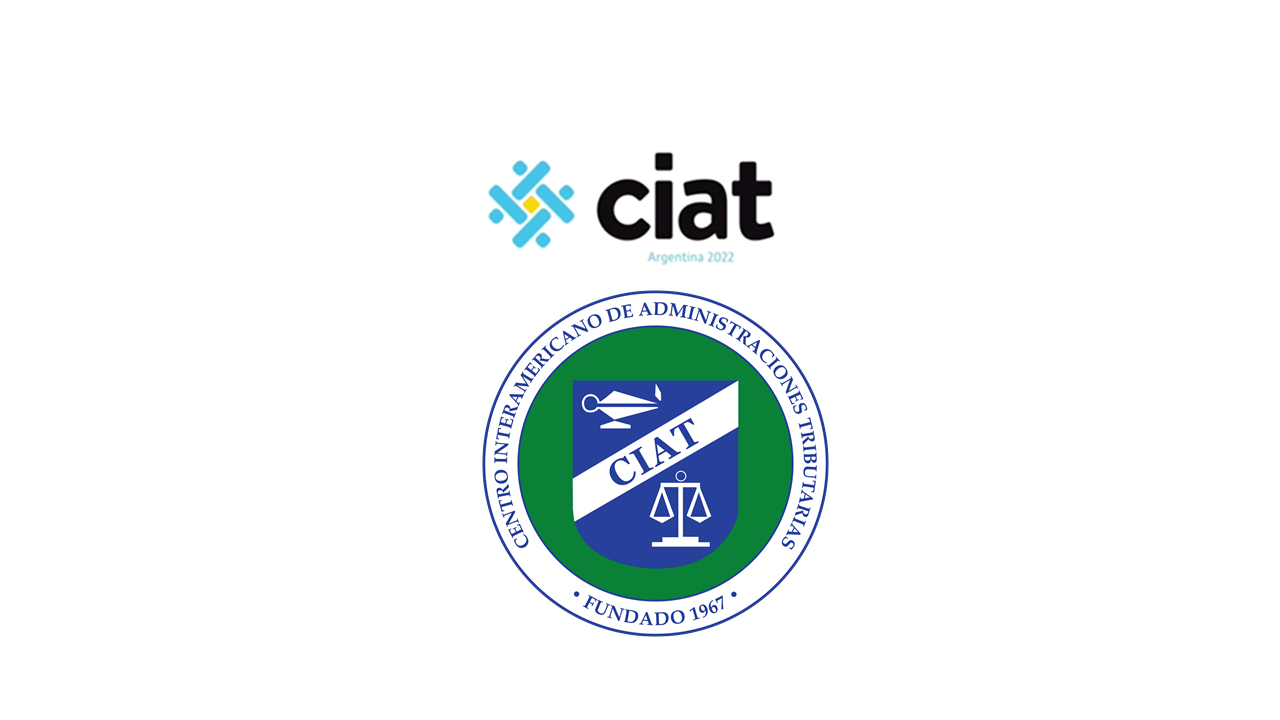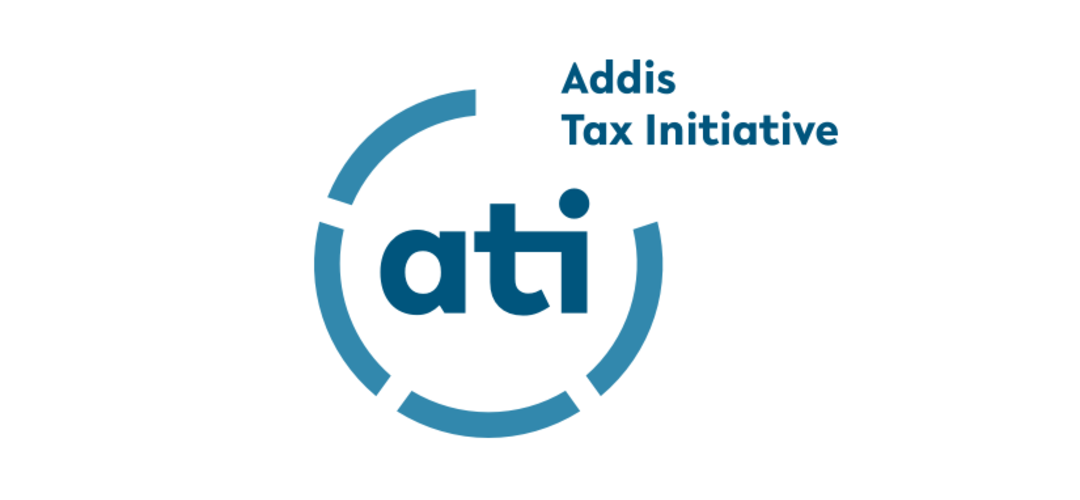
Centro Interamericano de Administraciones Tributarias
About
The Centro Interamericano de Administraciones Tributarias (CIAT) is an intra-American network of tax administrators founded in 1967. CIAT is set up to support member countries’ efforts to enhance the development and institutional strengthening of tax administrations as well as their social acceptance. Further, the network encourages international cooperation and the exchange of good practices. The network aims to promote international cooperation and the exchange of experiences and information and render technical assistance services, studies and training, thus contributing to the strengthening of the tax administrations of its member countries. To achieve these objectives, CIAT provides technical assistance programmes, supports studies and research projects, and disseminates their results. Currently, CIAT accounts for 42 member countries, out of which 32 are of the Americas. Additionally, there are five European members, four African members and one Asian member.
CIAT endorses the ATI objectives of the Addis Tax Initiative and has joined the Addis Tax Initiative as ATI supporting organisation.
Objectives
- Improve effectiveness and efficiency of tax administrations
- Regional and international partnership and cooperation
- Forum for exchange
Activities
- Research
- Conferences
- Publications
- Seminars and workshops
- Working groups
Organisational Structure
Executive Secretariat
Members
- Executive Secretary (legal representative of CIAT)
Responsibilities
- Executing CIAT’s technical and administrative affairs strategic leadership
General Assembly (annually)
Members
- All full members have voting rights on all issues
Responsibilities
- CIAT’s supreme decision-making body
Executive Council
Members
- Nine Council members elected annually by the General Assembly
Responsibilities
- Managing activities
- Executing the Executive Secretariat budget
- Outlining CIAT’s institutional strategies
Resources
- Primary funding source is the annual contributions of members countries and associate members. The contribution amount is classified (into 7 categories) in accordance with the respective GDP of the member countries.
- Member country contributions are adjusted annually based on the Panama inflation rate for the previous calendar year, as reported in the annual IMF Report
- An annual in-kind contribution is added in Panama
- Partner organisations provide co-funding for individual events, workshops and trainings
- Revenues from the provision of technical assistance and virtual training services



